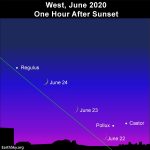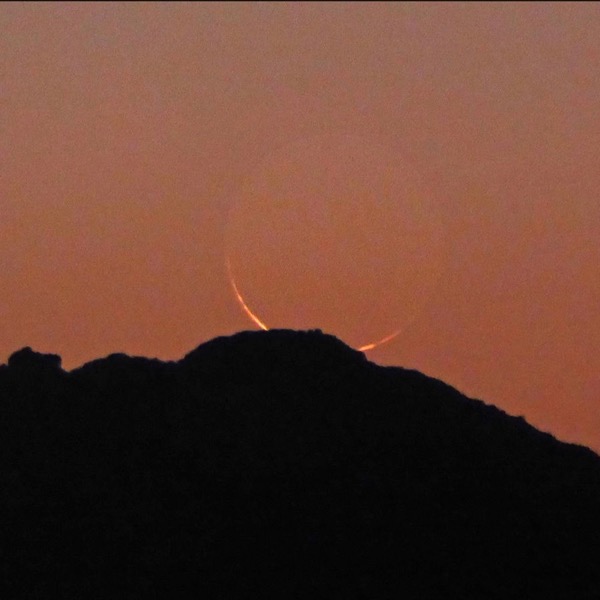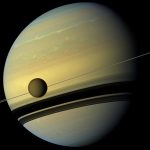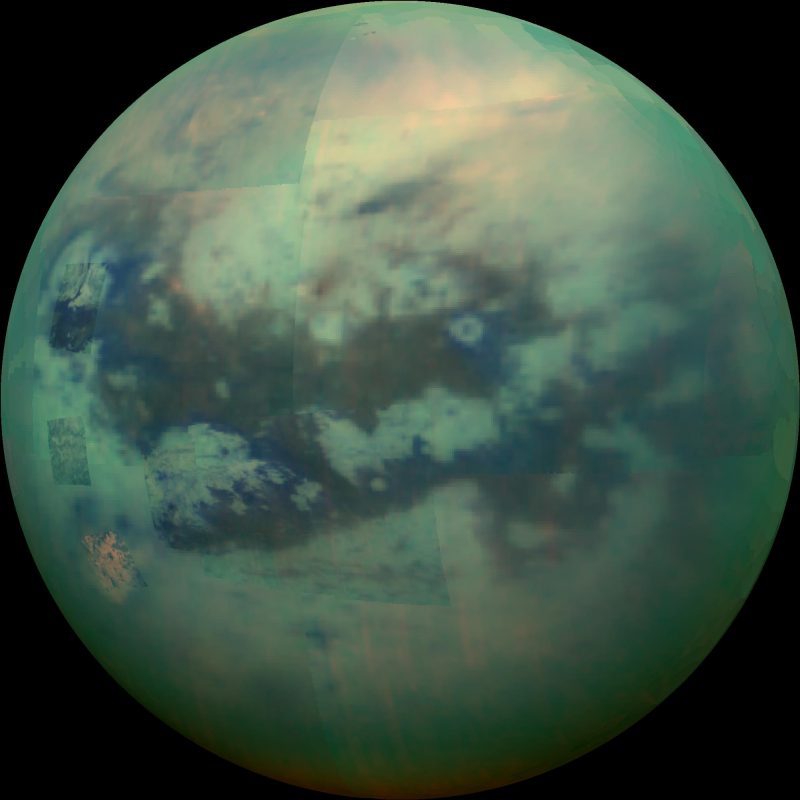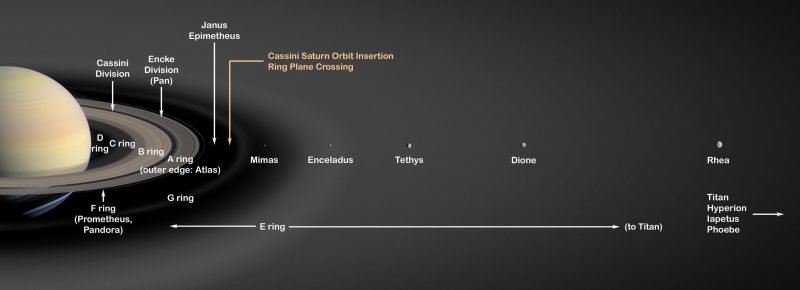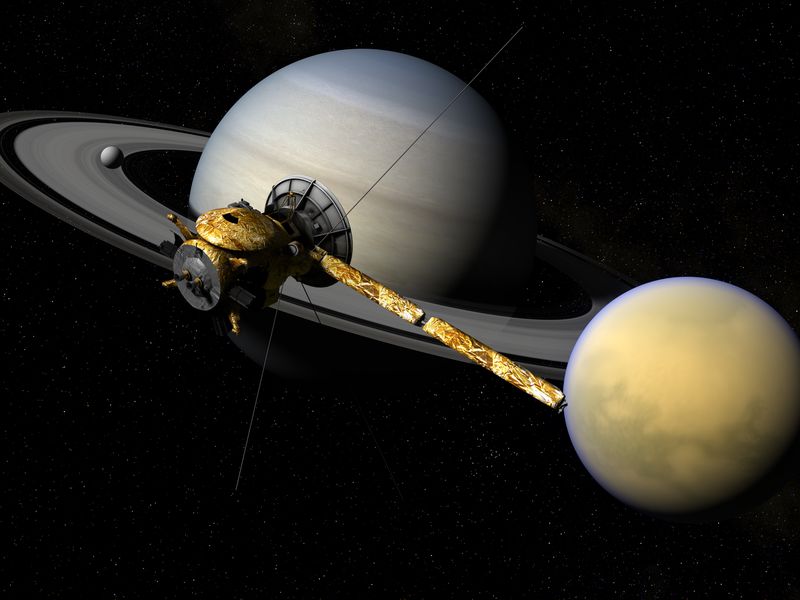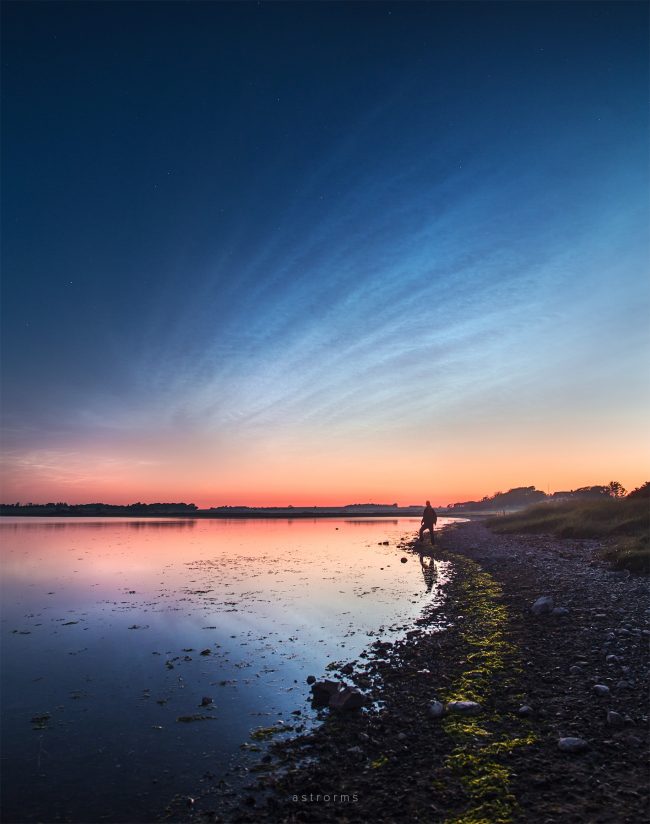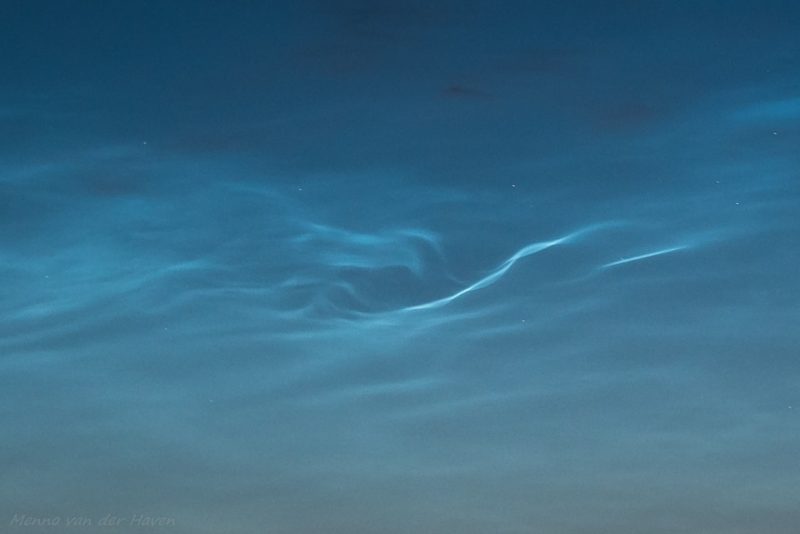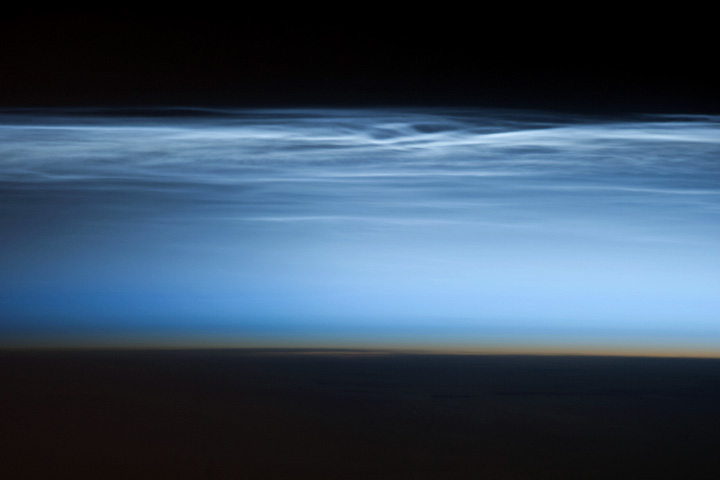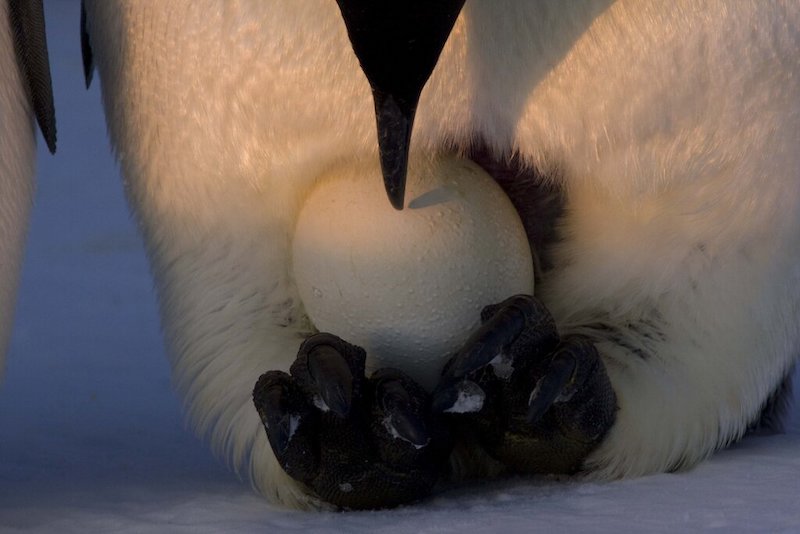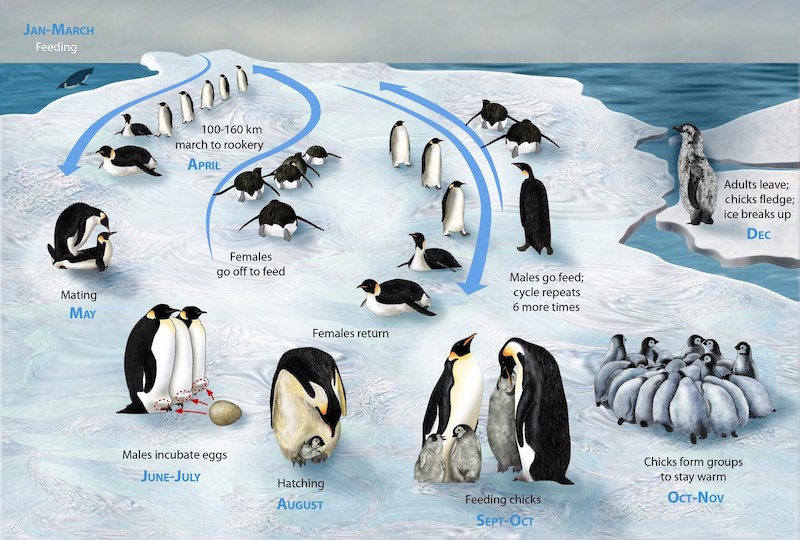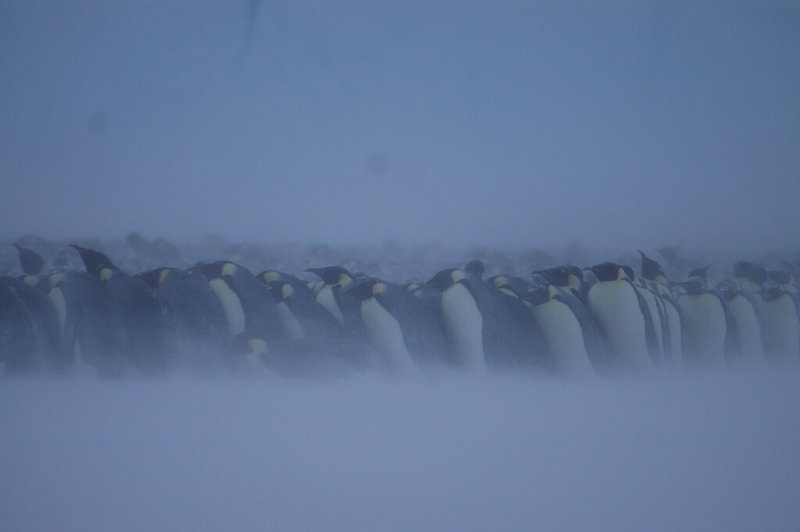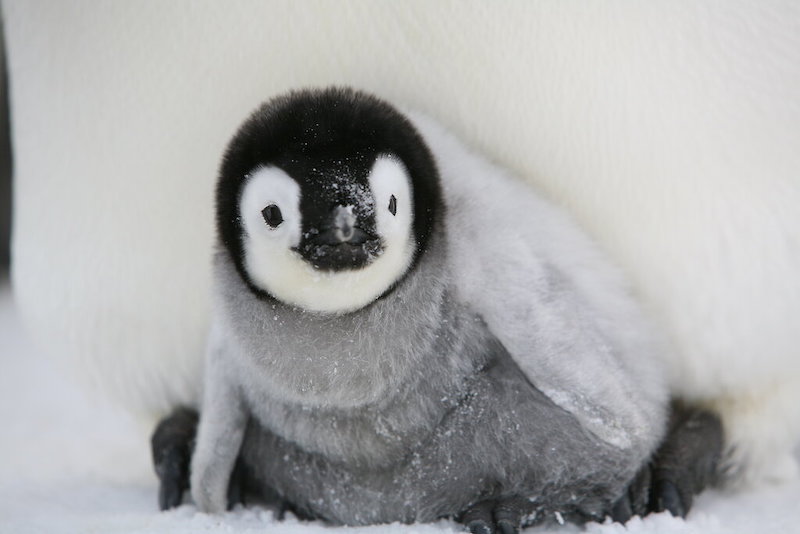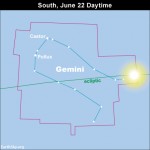
Conversations about COVID-19 are changing. While the impact of COVID-19 on healthcare services across the UK is likely to continue for many months to come, talk is shifting to how to restore healthcare services.
But at a time when our health services are recovering from one major health crisis, we are in danger of creating another – a cancer crisis. Over 2 million people in the UK were left waiting for cancer screening, tests and treatments in the first 10 weeks of lockdown, and that figure is growing.
Cancer services are beginning to get up and running across the country, but we’re still a long way from either restoring capacity or addressing the backlog of people waiting for tests and treatment.
And we can’t just focus on the next few weeks or months. Without a clear plan in each UK nation that looks not just at restoring cancer services over the next few months, but at how we fully recover services and get back on track to transform cancer care, progress on cancer survival could stall.
Here’s what we think needs to happen to make sure patients get the care they need, when they need it.
Creating COVID-protected safe spaces for cancer care
The first, and most pressing, issue is to create COVID-protected safe spaces in hospitals – free, as far as possible, from the COVID-19 virus – to ensure that people can be diagnosed and treated safely and be reassured enough to come forward for care. This requires frequent testing for COVID-19 in all patients and staff working in these spaces, whether they have COVID-19 symptoms or not.
The good news is that COVID-protected safe spaces are being rolled out across the UK. But some hospitals are still struggling to carry out as many tests as they need and get the results quickly enough. For safe spaces to exist, we need to remove the ambiguity.
Each UK nation needs a national strategy to uplift hospital testing capacity, ensure tests are turned around quickly enough and that healthcare workings are tested frequently, prioritising the most needy services first.
We’ve estimated that between 21,000 – 37,000 tests per day, combined with other infection control measures, are required to ensure there are COVID-protected safe spaces for cancer diagnosis and treatment.
> Help us secure safe spaces for cancer services by emailing your MP
Ensuring these COVID-protected safe spaces are fully functional will be vital to managing the backlog and rebuilding trust in cancer services. But it must be combined with awareness campaigns so that people with potential cancer symptoms are encouraged to seek help from health professionals and feel safe doing so.
At the beginning of the coronavirus outbreak, the number of people being urgently referred for suspected cancer dropped by up to 75%, meaning far fewer people were getting diagnostic tests, equating to some 2,300 cancers a week not being diagnosed through this route. And while the number of urgent referrals is steadily rising, they remain lower than usual, and the backlog of patients requiring diagnostic tests continues to build.
And it’s not just urgent cancer referrals that have been affected. All national cancer screening programmes were effectively paused in each UK nation by the coronavirus pandemic, which means up to 1.2 million invitations to take part in bowel, breast and cervical screening were not being sent out each month. And chemotherapy, radiotherapy and surgery cases dropped, leaving thousands of patients waiting for life-saving cancer treatment.
So far, we have estimates of how many people are affected. But for local services to plan how they will catch up, and the capacity they will need, health services need to provide clear and high-quality data on the scale of the disruption over the past 4 months and a detailed assessment of who will need tests or treatment most urgently.
As the UK could face multiple waves of COVID-19 cases – these figures will also help health services to prepare for these scenarios, with the aim of keeping cancer services running as much and as safely as possible.
Restarting clinical trials
A vital part of getting cancer services back on track is restarting clinical trials. COVID-19 has had a huge impact on the UK’s ability to run clinical trials, with the number of new patients being recruit on to UK-based trials falling by 95% in April 2020 compared with April 2019.
Without clinical trials, the potential pipeline of new or improved cancer treatment options stalls, so restarting clinical trials should be a priority.
Things are starting to move in the right direction – the National Institute for Health Research has published a framework outlining conditions that must be met before clinical trials start as well as criteria for prioritising which trials should be restarted first.
But while cancer trials are starting to re-open to new patients, right now the highest priority level is reserved for COVID-19 trials. To ensure that cancer clinical trials are not seen as less of a priority when it comes to getting trials back up and running, we believe the highest priority level should be expanded to include urgent non-COVID studies, especially studies that provide safer alternatives treatments in a COVID-19 environment.
Preventing cancer
For healthcare to truly be back on track, we need to think bigger than cancer diagnosis and treatment. Smoking continues to be the biggest preventable cause of cancer, illness and death in the UK, and recent research suggests that people who smoke are more likely to experience severe COVID-19 symptoms than non-smokers.
Most stop smoking services in the UK responded quickly to the COVID-19 pandemic and have adapted their service to ensure people could continue receiving behavioural support over the phone, through videoconference or via email, text messaging or apps.
Many services have also found innovative ways of delivering stop smoking therapies to people during the period of lockdown, including sending prescriptions to pharmacies for collection or posting these medications directly to people who need them. It’s vital that people who smoke continue to be provided with professional support to give them the best chance of stopping smoking, with support delivered virtually. This relies on specialist support receiving enough funding on a national and local level.
Workforce and innovation
Healthcare staff are central to the recovery of cancer services and action must be taken to increase and retain staff working in cancer care. This is not a new issue, before the COVID-19 crisis there were around 1 in 10 diagnostic posts unfilled across the health service. But it’s become even more pressing during the pandemic, as the backlog of people waiting for tests or treatment has grown.
To manage this, there must be a clear understanding of how COVID-19 has affected the number of staff in specific cancer professions, and health services must take steps to train and increase the workforce where it’s most needed. In the longer term, each UK nation needs a fully-funded workforce plan to make sure there are enough staff in the future to support the rising incidence of cancer.
While the crisis has placed unimaginable strain on the healthcare service, it’s also forced services to find new and innovative ways of working, by reconfiguring services and embracing technology.
We must make sure that we learn from these changes, scaling up innovations that have worked well. As much of this has been driven at a local level, we need national health leaders, hospitals and clinicians to work together to make this happen.
Moving forward
COVID-19 has changed the game, and health services and governments need to act now to ensure that cancer tests, treatment and care can recover following the COVID-19 peak. Our chief executive officer, Michelle Mitchell, alongside other charities, has written to the Prime Minister to help kickstart a national conversation about our longer-term ambitions in cancer. And our teams in Scotland, Wales and Northern Ireland will work with the relevant governments to deliver our ambitions in each UK nation.
We know that cancer survival and outcomes can improve, despite COVID-19, and we should be aiming to catch up with others in the world. But in order to give patients the care they deserve, the UK and devolved governments must commit to an ambitious cancer agenda.
Khruti Shrotri is a policy manager at Cancer Research UK
We need your help to secure safe spaces for cancer services.
from Cancer Research UK – Science blog https://ift.tt/3fLYdd9

Conversations about COVID-19 are changing. While the impact of COVID-19 on healthcare services across the UK is likely to continue for many months to come, talk is shifting to how to restore healthcare services.
But at a time when our health services are recovering from one major health crisis, we are in danger of creating another – a cancer crisis. Over 2 million people in the UK were left waiting for cancer screening, tests and treatments in the first 10 weeks of lockdown, and that figure is growing.
Cancer services are beginning to get up and running across the country, but we’re still a long way from either restoring capacity or addressing the backlog of people waiting for tests and treatment.
And we can’t just focus on the next few weeks or months. Without a clear plan in each UK nation that looks not just at restoring cancer services over the next few months, but at how we fully recover services and get back on track to transform cancer care, progress on cancer survival could stall.
Here’s what we think needs to happen to make sure patients get the care they need, when they need it.
Creating COVID-protected safe spaces for cancer care
The first, and most pressing, issue is to create COVID-protected safe spaces in hospitals – free, as far as possible, from the COVID-19 virus – to ensure that people can be diagnosed and treated safely and be reassured enough to come forward for care. This requires frequent testing for COVID-19 in all patients and staff working in these spaces, whether they have COVID-19 symptoms or not.
The good news is that COVID-protected safe spaces are being rolled out across the UK. But some hospitals are still struggling to carry out as many tests as they need and get the results quickly enough. For safe spaces to exist, we need to remove the ambiguity.
Each UK nation needs a national strategy to uplift hospital testing capacity, ensure tests are turned around quickly enough and that healthcare workings are tested frequently, prioritising the most needy services first.
We’ve estimated that between 21,000 – 37,000 tests per day, combined with other infection control measures, are required to ensure there are COVID-protected safe spaces for cancer diagnosis and treatment.
> Help us secure safe spaces for cancer services by emailing your MP
Ensuring these COVID-protected safe spaces are fully functional will be vital to managing the backlog and rebuilding trust in cancer services. But it must be combined with awareness campaigns so that people with potential cancer symptoms are encouraged to seek help from health professionals and feel safe doing so.
At the beginning of the coronavirus outbreak, the number of people being urgently referred for suspected cancer dropped by up to 75%, meaning far fewer people were getting diagnostic tests, equating to some 2,300 cancers a week not being diagnosed through this route. And while the number of urgent referrals is steadily rising, they remain lower than usual, and the backlog of patients requiring diagnostic tests continues to build.
And it’s not just urgent cancer referrals that have been affected. All national cancer screening programmes were effectively paused in each UK nation by the coronavirus pandemic, which means up to 1.2 million invitations to take part in bowel, breast and cervical screening were not being sent out each month. And chemotherapy, radiotherapy and surgery cases dropped, leaving thousands of patients waiting for life-saving cancer treatment.
So far, we have estimates of how many people are affected. But for local services to plan how they will catch up, and the capacity they will need, health services need to provide clear and high-quality data on the scale of the disruption over the past 4 months and a detailed assessment of who will need tests or treatment most urgently.
As the UK could face multiple waves of COVID-19 cases – these figures will also help health services to prepare for these scenarios, with the aim of keeping cancer services running as much and as safely as possible.
Restarting clinical trials
A vital part of getting cancer services back on track is restarting clinical trials. COVID-19 has had a huge impact on the UK’s ability to run clinical trials, with the number of new patients being recruit on to UK-based trials falling by 95% in April 2020 compared with April 2019.
Without clinical trials, the potential pipeline of new or improved cancer treatment options stalls, so restarting clinical trials should be a priority.
Things are starting to move in the right direction – the National Institute for Health Research has published a framework outlining conditions that must be met before clinical trials start as well as criteria for prioritising which trials should be restarted first.
But while cancer trials are starting to re-open to new patients, right now the highest priority level is reserved for COVID-19 trials. To ensure that cancer clinical trials are not seen as less of a priority when it comes to getting trials back up and running, we believe the highest priority level should be expanded to include urgent non-COVID studies, especially studies that provide safer alternatives treatments in a COVID-19 environment.
Preventing cancer
For healthcare to truly be back on track, we need to think bigger than cancer diagnosis and treatment. Smoking continues to be the biggest preventable cause of cancer, illness and death in the UK, and recent research suggests that people who smoke are more likely to experience severe COVID-19 symptoms than non-smokers.
Most stop smoking services in the UK responded quickly to the COVID-19 pandemic and have adapted their service to ensure people could continue receiving behavioural support over the phone, through videoconference or via email, text messaging or apps.
Many services have also found innovative ways of delivering stop smoking therapies to people during the period of lockdown, including sending prescriptions to pharmacies for collection or posting these medications directly to people who need them. It’s vital that people who smoke continue to be provided with professional support to give them the best chance of stopping smoking, with support delivered virtually. This relies on specialist support receiving enough funding on a national and local level.
Workforce and innovation
Healthcare staff are central to the recovery of cancer services and action must be taken to increase and retain staff working in cancer care. This is not a new issue, before the COVID-19 crisis there were around 1 in 10 diagnostic posts unfilled across the health service. But it’s become even more pressing during the pandemic, as the backlog of people waiting for tests or treatment has grown.
To manage this, there must be a clear understanding of how COVID-19 has affected the number of staff in specific cancer professions, and health services must take steps to train and increase the workforce where it’s most needed. In the longer term, each UK nation needs a fully-funded workforce plan to make sure there are enough staff in the future to support the rising incidence of cancer.
While the crisis has placed unimaginable strain on the healthcare service, it’s also forced services to find new and innovative ways of working, by reconfiguring services and embracing technology.
We must make sure that we learn from these changes, scaling up innovations that have worked well. As much of this has been driven at a local level, we need national health leaders, hospitals and clinicians to work together to make this happen.
Moving forward
COVID-19 has changed the game, and health services and governments need to act now to ensure that cancer tests, treatment and care can recover following the COVID-19 peak. Our chief executive officer, Michelle Mitchell, alongside other charities, has written to the Prime Minister to help kickstart a national conversation about our longer-term ambitions in cancer. And our teams in Scotland, Wales and Northern Ireland will work with the relevant governments to deliver our ambitions in each UK nation.
We know that cancer survival and outcomes can improve, despite COVID-19, and we should be aiming to catch up with others in the world. But in order to give patients the care they deserve, the UK and devolved governments must commit to an ambitious cancer agenda.
Khruti Shrotri is a policy manager at Cancer Research UK
We need your help to secure safe spaces for cancer services.
from Cancer Research UK – Science blog https://ift.tt/3fLYdd9

